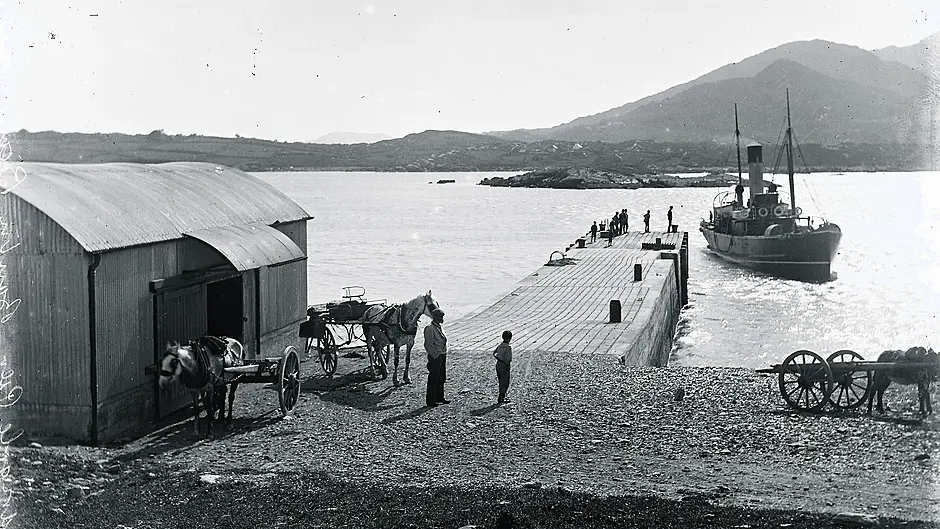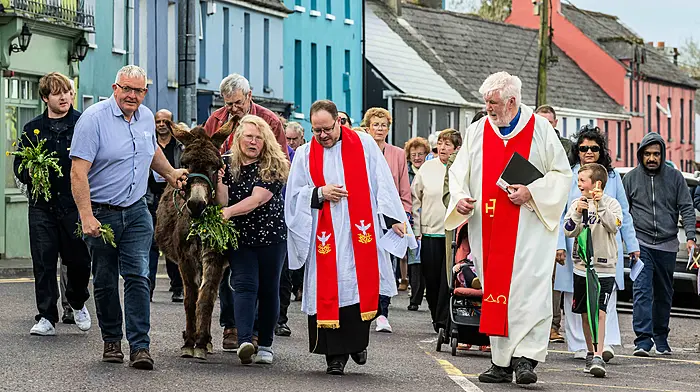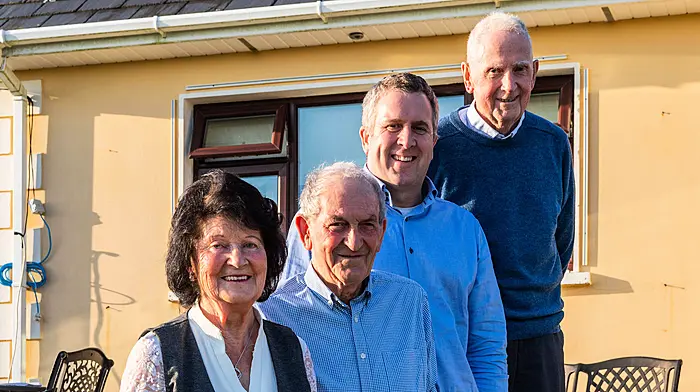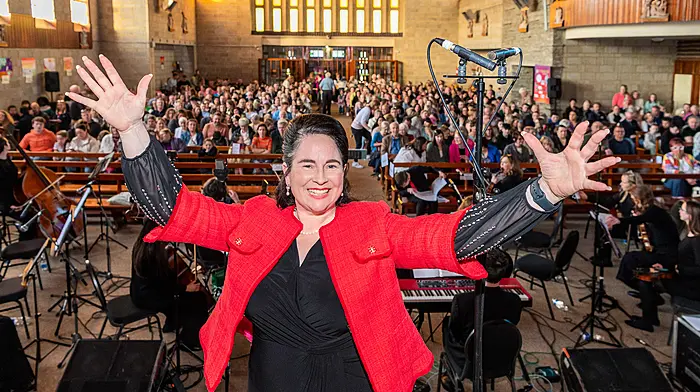Maggie Dunne was one of three Cumann na mBan conflict-related casualties during the Civil War. She was shot at her home in Adrigole, writes Alan McCarthy
WHEN the first artillery shell landed on Dublin’s Four Courts on June 28th 1922, it brought into sharp focus the fissures that had been widening for the preceding number of months between those who supported the Anglo-Irish Treaty and those who oppossed it.
The broad church of the republican movement became increasingly fractured, with Cumann na mBan splintering into the pro-Treaty women’s organisation Cumann na Saoirse, while the anti-Treaty element, like the IRA, maintained their original title, Cumann na mBan. The vast majority of Cumann na mBan delegates voted to reject Jenny Wyse Power’s amendment not to oppose the treaty’s implementation (419 to 63) at their February convention, though a number of delegates abstained and an estimated two hundred from Cork and Kerry were unable to attend. In Cork city, the district council of the organisation were in favour of the Treaty and, under the leadership of Lil Conlon, eager to retain the Cumann na mBan name.
Other Cork branches of the organisation were similarly in favour of acceptance. The pages of the Cork Examiner became the battlefield for the ensuing war of words, a battle complicated by the fact that arguably Cork’s most prominent Cumann na mBan member, Mary MacSwiney, belonged to the national executive of the organisation but not the district council in her native city. Throughout the Civil War, both organisations played important ancillary roles for the belligerents. Cumann na Saoirse, alert to the use of women hiding secret messages on their person during the War of Independence, were employed to search female suspects on occassion, leading to the pejorative nickname ‘Cumann na Searchers.’ Cumann na mBan, meanwhile, continued providing essential operational and communications support to the IRA.
For one West Cork woman, Margaret ‘Maggie’ Dunne, this was to have fatal consequences. During the War of Independence, women had not been insolated from the most devestating consequences of guerrilla warfare; infamous examples include Mrs Mary Lindsey of Dripsey and Bridget Noble, Castletownbere, both executed as suspected informers.
During the Civil War, Margaret Dunne was one of three Cumann na mBan conflict-related casualties. The Cork Examiner reported that Dunne ‘lost her life at Adrigole under tragically sad circumstances during the engagement between National troops and irregulars.’ Unlike The Southern Star, the Examiner was not reticent in its application of the pejorative term ‘irregular’ and applied it liberally in showcasing its support for the National army and Provisional government.
According to the 1911 census, Margaret Dunne was one of six living children of Daniel Dunne, a farmer, and his wife Mary. The family lived in the townland of Cappaleigh South in the electoral division of Adrigole (Kilcaskan parish).
The Dunnes had five daughters and one son, Eugene. Maggie, along with her sister Katie, had been active members of the Adrigole Company of Cumann na mBan during both the War of Independence and Civil War. Their brother Eugene was also a member of the IRA and was interned during the War of Independence. In her application for a military pension owing to her service during the revolutionary period, Katie O’Sullivan (née Dunne) explained that during this period she took part in parades and lectures, received first-aid training and reported on the movements of British forces in her locality. Like other members of Cumann na mBan, she also provided billets and food for active IRA Volunteers and assisted in the transportation of ammunition.
One reference for Kate O’Sullivan (née Dunne) said that she had often ‘risked her life’ in the course of her duty; this no mere throwaway phrase, given the fate of her sister Margaret. Both Katie and Maggie took the anti-Treaty side during the Civil War and continued to carry out a myriad of duties like the above.
On the April 8th 1923, Maggie Dunne took supplies to IRA Active Service Unit members who were in the area, aided by her sister Katie who undertook scout work. Following the arrival of National Army soldiers, Maggie was shot and killed during the engament with IRA forces. Michael Óg Ó’Sullivan described Maggie Dunne as ‘murdered in cold blood’ and names a member of the National Army who he believed was responsible. At Dunne’s funeral, a large and solemn occassion, her coffin was draped in the Irish tricolour. As highlighted by historians Barry Keane, John Borgonovo and Andy Bielenberg, it appears the delayed inquest into Dunne’s death never suceeded in sitting as the National Army was likely unwilling to accept responsibility for the death of Margaret Dunne.
• Dr Alan McCarthy is the author of Newspapers and Journalism in Cork, 1910-23, shortlisted for the NUI Publication Prize in Irish History, and the soon-to-be published Adult Education at UCC, 1946-2022: Lifelong Learning and the Laurels.








